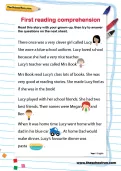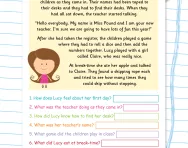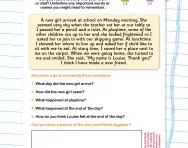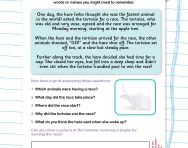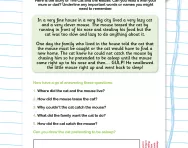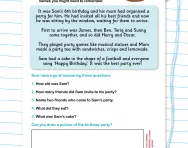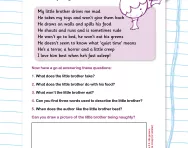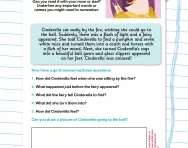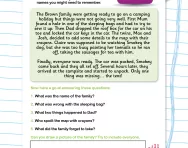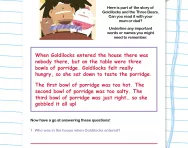TheSchoolRun.com closure date
As we informed you a few months ago, TheSchoolRun has had to make the difficult decision to close due to financial pressures and the company has now ceased trading. We had hoped to keep our content available through a partnership with another educational provider, but this provider has since withdrawn from the agreement.
As a result, we now have to permanently close TheSchoolRun.com. However, to give subscribers time to download any content they’d like to keep, we will keep the website open until 31st July 2025. After this date, the site will be taken down and there will be no further access to any resources. We strongly encourage you to download and save any resources you think you may want to use in the future.
In particular, we suggest downloading:
- Learning packs
- All the worksheets from the 11+ programme, if you are following this with your child
- Complete Learning Journey programmes (the packs below include all 40 worksheets for each programme)
You should already have received 16 primary school eBooks (worth £108.84) to download and keep. If you haven’t received these, please contact us at [email protected] before 31st July 2025, and we will send them to you.
We are very sorry that there is no way to continue offering access to resources and sincerely apologise for the inconvenience caused.
First reading comprehension
What does reading comprehension mean?
Reading comprehension refers to the ability to understand, interpret, and analyse written text. It involves not only understanding the literal meaning of the words on the page, but also grasping the deeper meaning, making inferences, and connecting the text to your own knowledge and experiences.
How can you improve your child's reading comprehension skills?
Here are some tips and strategies for improving reading comprehension at home:
- Read together: spend time reading with your child regularly. This not only models good reading habits but also provides opportunities for discussion and questions about the text.
- Choose appropriate books: select books that match your child's interests and reading level. Encourage them to explore different genres and topics to keep them engaged.
- Ask questions: encourage your child to ask questions while reading and help them find the answers within the text. This helps develop critical thinking skills and promotes active engagement with the material.
- Predict and summarise: Prompt your child to make predictions about what might happen next in the story based on clues from the text. After reading, ask them to summarise the main points or events to reinforce understanding.
- Make connections: encourage your child to relate the text to their own experiences, other books they've read, or current events. This helps deepen comprehension and fosters a personal connection to the material.
- Expand vocabulary: Introduce new words during reading sessions and discuss their meanings in context. Encourage your child to use context clues and word roots to decipher unfamiliar words independently.
- Practice visualisation: encourage your child to visualise the scenes described in the text. This technique enhances comprehension by creating mental images that bring the story to life.
- Monitor comprehension: help your child develop self-monitoring skills by asking them to stop periodically and reflect on whether they understand what they've read. Teach them strategies for clarifying confusion, such as rereading or seeking additional information.
- Celebrate progress: Recognise and celebrate your child's achievements and improvements in reading comprehension. Positive reinforcement boosts motivation and encourages continued growth.
With consistent practice and encouragement, your child's reading comprehension skills will continue to develop and flourish.
Use this reading comprehension activity, created by an experienced teacher, to help your child become familiar with reading comprehension tasks and develop their skills. For other resources and support, check out our Reading Comprehension hub.
